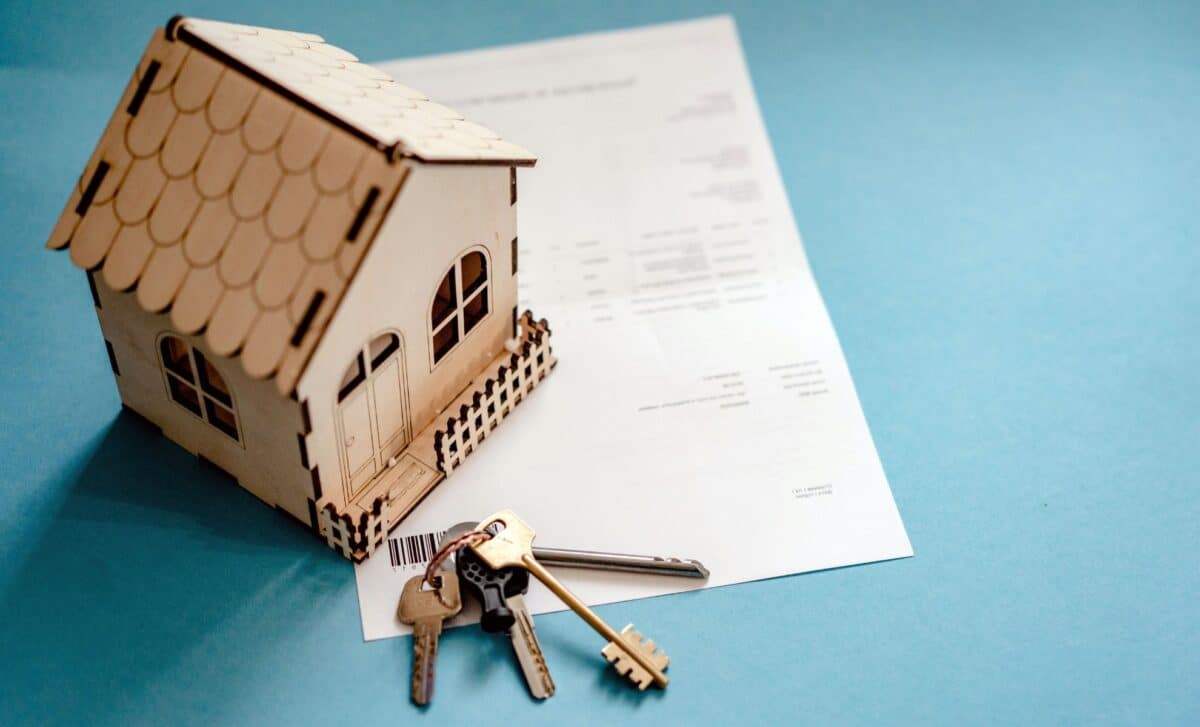Australia’s housing inflation has slowed significantly, with both rental growth and new dwelling prices declining. The latest data shows that the broader inflation rate has benefited from this downward pressure in the housing sector.
This shift could ease the path for further monetary policy adjustments, particularly as the Reserve Bank of Australia (RBA) monitors inflation indicators ahead of its next board meeting. The moderation in housing-related costs, which have long been a central inflationary driver, marks a key moment in the country’s economic trajectory.
Rental Growth Sees Broad Deceleration Across Capital Cities
The Australian Bureau of Statistics (ABS) reported a marked slowdown in rental inflation, with annual growth in rents easing to 5.5% in February 2025. This is a clear decline from the 5.8% reported in January and the peak of 7.8% in August 2023. According to the ABS, this represents the softest annual rise in rents since March 2023.
The moderation has been attributed to rising vacancy rates across most capital cities, a trend which suggests some rebalancing of supply and demand in the rental market. On a monthly basis, rents still rose slightly by 0.5%, indicating a continued but slower upward movement.
The rental data is particularly significant given housing’s heavy weighting in the Consumer Price Index (CPI). As rental increases have been a persistent source of inflationary pressure over the past two years, their current slowdown offers some relief to policymakers aiming to maintain price stability.
New Dwelling Costs Record Third Monthly Drop In Four Months
The cost of new dwelling purchases by owner-occupiers fell by 0.1% in February, marking the third monthly decline in the past four months. This brought annual inflation in this category to 1.6%, down from 2.0% previously and the slowest pace recorded since May 2021.
According to the ABS, this decline is largely driven by incentives and discounts offered by project home builders in response to subdued market demand. With buyer confidence still recovering, particularly after a period of elevated interest rates, builders appear to be competing more aggressively to stimulate sales.
This fall in new dwelling costs complements the easing in rents and feeds directly into a broader disinflationary trend. The trimmed mean inflation, which strips out volatile price movements, was 2.7% in February, down from 2.8% in January.
Forecasts from the Commonwealth Bank of Australia and Westpac now suggest trimmed mean inflation for the March quarter could fall below 0.6%, undershooting the RBA’s latest estimates.
The sustained softening of housing price growth has added to speculation that the RBA may consider a rate cut as early as May, reinforcing a dovish outlook for the coming months.









